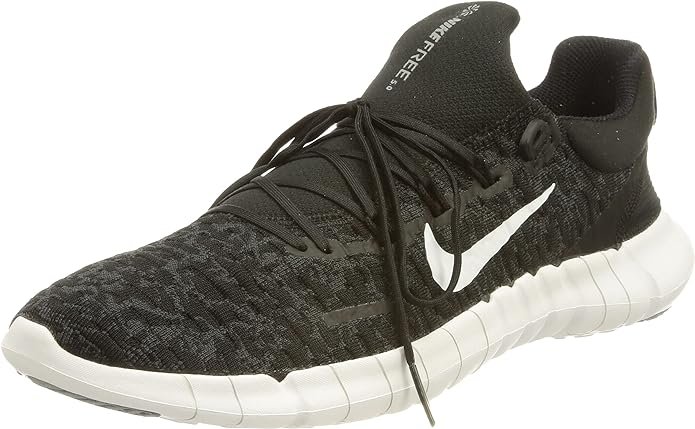Welcome to the mesmerizing world of freerunning, a breathtaking discipline that marries physical prowess, creativity, and an audacious spirit to craft a unique and awe-inspiring experience. In this in-depth exploration, we’ll delve into the essence of freerunning, tracing its fascinating origins, breaking down key elements, and celebrating the vibrant community that breathes life into this dynamic sport.

Table of Contents
What is Freerunning
Freerunning stands at the intersection of gymnastics, acrobatics, and parkour. Diverging from parkour’s focus on efficient and rapid obstacle navigation, freerunning places a strong emphasis on self-expression and creativity. Freerunners, as the practitioners are known, traverse their environments with fluidity, infusing flips, spins, and acrobatic movements to overcome obstacles in a style that is uniquely their own.
The Origins of Freerunning
The roots of freerunning can be traced back to the late 20th century, emerging as an evolution of parkour—a training method initially developed by French naval officer Georges Hébert. It was the visionaries David Belle and Sébastien Foucan who further refined the discipline in the late 1990s. Their groundbreaking contributions introduced the idea of incorporating stylish and acrobatic movements into parkour, giving birth to the freerunning we recognize today.
Key Elements of Freerunning
- Flow and Fluidity: Central to freerunning is the pursuit of maintaining a seamless flow of movement. Freerunners strive for a rhythmic dance with their surroundings, creating visually captivating and dynamic performances through interconnected movements.
- Creativity and Expression: Freerunning stands as a canvas for individual expression and creativity. In this discipline, conformity takes a backseat as freerunners infuse their personalities into the way they navigate obstacles, turning the urban landscape into a dynamic playground for their art.
- Acrobatics and Tricks: A hallmark of freerunning is the incorporation of acrobatics and tricks. Freerunners bring a sense of spectacle to their runs, seamlessly blending flips, spins, and other acrobatic maneuvers into their movement repertoire, showcasing remarkable athleticism and coordination.
The Freerunning Community
Beyond the physical feats, the freerunning community thrives as a tight-knit and supportive group. United by a shared passion for movement and self-expression, freerunners connect globally through social media platforms, exchanging the latest tricks, training insights, and personal experiences that enrich their journey within the discipline.
Safety and Training
While freerunning embodies an exhilarating pursuit, safety remains paramount. Freerunners commit to rigorous training regimens aimed at building strength, flexibility, and coordination. A foundational understanding of parkour principles is crucial, providing a secure framework for navigating urban environments and executing daring moves.
Conclusion
Freerunning transcends conventional definitions of sport; it emerges as a dynamic art form that celebrates the freedom of movement and the indomitable human spirit. Whether you’re a seasoned practitioner immersed in the freerunning culture or a newcomer intrigued by the allure of creative expression, this extensive exploration aims to provide profound insights into the thrilling world of freerunning—a realm where athleticism, artistic expression, and community intertwine to create something truly extraordinary.
Want to read more blogs?Go here:LB Sport Reviews
Want to buy the freerun shoes:Freerun Shoes



